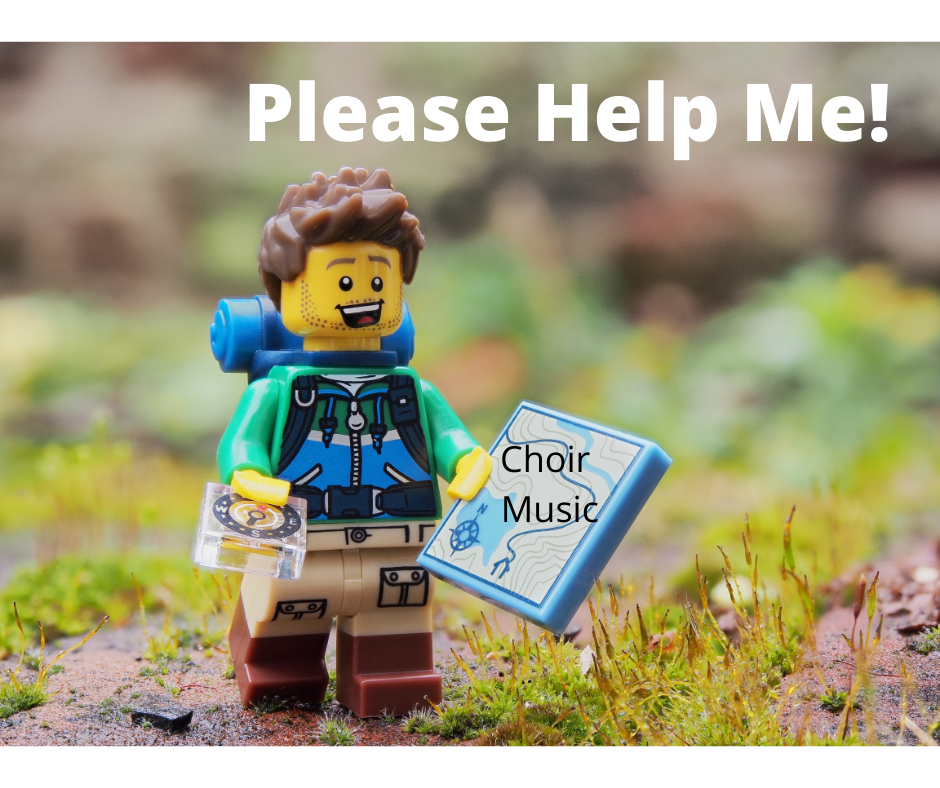It is a real challenge that young girls can successfully sing along to every song on the radio sung by a female singer and yet young boys do not have that same opportunity.
My almost 4-year-old son could be considered tone-deaf.
My son, Nolan, is turning 4 in July. He loves to sing and perform. After watching the The Parent Trap, Nolan fell in love with the song, “L-O-V-E” by Nat King Cole.
Lately, he has gotten into Frank Sinatra as well. At his request, all we play in the car is Frank Sinatra and he knows every word. While he gives a lot of energy in his daily renditions, he would appear to be tone-deaf. In fact, he usually doesn’t sing a single note in tune.
Is this something he’ll just “grow out of?” Possibly.
But I want to explore his issue and show how this connects directly to our perceived “tone-deaf” singers in middle school, high school, and beyond.
The tone-deaf reality for my son
Prior to learning the music of Nat King Cole and Frank Sinatra, Nolan listened primarily to Disney princess songs that his older sister would put on.
The reality is that now, for the very first time, my son was exposed to male singers. Nolan quickly gravitated to the male voices but his own 3-year-old voice cannot sing in that register. As a result, while he may have mastered the emotion of these classic songs, he sings in a shouted, monotone voice. Frankly, it’s adorable.
Now, the second there is a line in his vocal range, he may actually sing it correctly. On rare occasions, he’ll sing the correct pitches of a male singer up the octave. The overwhelming majority of the time he just sings with that shouting voice.
How this relates to teaching secondary level choir
At the secondary level, when a singer appears to be tone-deaf, they could just be stuck in the wrong register. They can have an extremely limited range within that register.
Even when a song or exercise contains notes in a struggling singer’s actual range, it’s possible the singer still can’t find those pitches; imagine having 90% of a song being out of range and quickly having to grab onto just a few pitches that you could match.
I believe the same issues that affect my 3-year-old also affect my struggling high school singers:
- limited vocal register
- notes mainly too high or too low
- poor breath control
- shouting
- not accessing head voice
I can teach ANYONE to match pitch!
Yes, I could teach my son to match pitch. The reality is that he can already match pitch. He just can’t successfully sing along to any of the songs on the radio that he currently loves to listen to.
Let me put it to you this way:
If an adult were to sing exactly the same way my 3-year-old sang, many people would say “don’t quit your day job!”
If I chose a song with the range in his head voice (for example, any children’s song sung by a child or female-identifying voice), he’d be able to sing perfectly in tune (for a 3-year-old).
There’s usually 1 step for getting young students to match pitch
If you want to get any younger child to sing in tune, the first thing you would do is get them in their head voice. Usually, once they are in their head voice they will be on track to match pitch. It’s pretty rare that a young child who consistently accesses their head voice cannot match pitch.
Now, it can be difficult to get some young singers to access their head voice. Elementary level music teachers frequently use sighs, sol-mi descending patterned call and response, silly talking up high and anything else that gets young kids to get out of their playground voice.
When it comes to older students, this process can be more complex, but still attainable!
There’s up to 7 steps for getting older students to match pitch
When we’re working with older students, there could be additional issues, especially during and after voice changes. From the onset of a voice change, there becomes multiple ranges in which a singer needs to navigate.
For example, a female or male identifying voice has a clearly delineated chest voice, head voice/falsetto, and a mixture of the two ranges (mixed voice). Each range has a direct usage for singing.
Note: terms may vary between voice specialists, but in the end, we are talking about 2 distinct ranges and then the mixture of them both.
While this concept sounds relatively simple, some singers get stuck in just a limited range of one of the two main registers. Within that limited range, they likely lack breath support, but addressing that one issue may not be enough to get them to expand their range.
The first step is believing and reaffirming our singer is not tone-deaf.
If you are unsure if they are tone-deaf, you can give them this 2 minute test. It is highly unlikely they are tone-deaf.
Once you (and your singer) believe that they are not tone-deaf, you can implement clear steps to help them progress.
The steps are measured in my pitch-matching rubric, which is actually step 7 of my 7-step pitch-matching solution! The rubric shows the levels of development needed from appearing tone-deaf until singing consistently in tune.
While the pitch-matching rubric measures growth, it’s the 7-step pitch-matching process that helps the singers to develop over time. This is why the pitch-matching rubric is step 7 in the process. The same steps are used over and over again and the growth is measured with the pitch-matching rubric.
I teach this in my online, on demand course: How To Teach Anyone To Match Pitch!
Final words
I would not recommend my HOW TO TEACH ANYONE TO MATCH PITCH! course for teachers of really young children. At the elementary age and below, the key element is accessing head voice.
I designed How To Teach Anyone To Match Pitch! specifically for choral directors of middle school, high school, and community choirs.
In the meantime, my 3-year-old will continue to sing Frank Sinatra in his adorable shouting voice. I’m okay with that…..sort of.









Leave A Comment